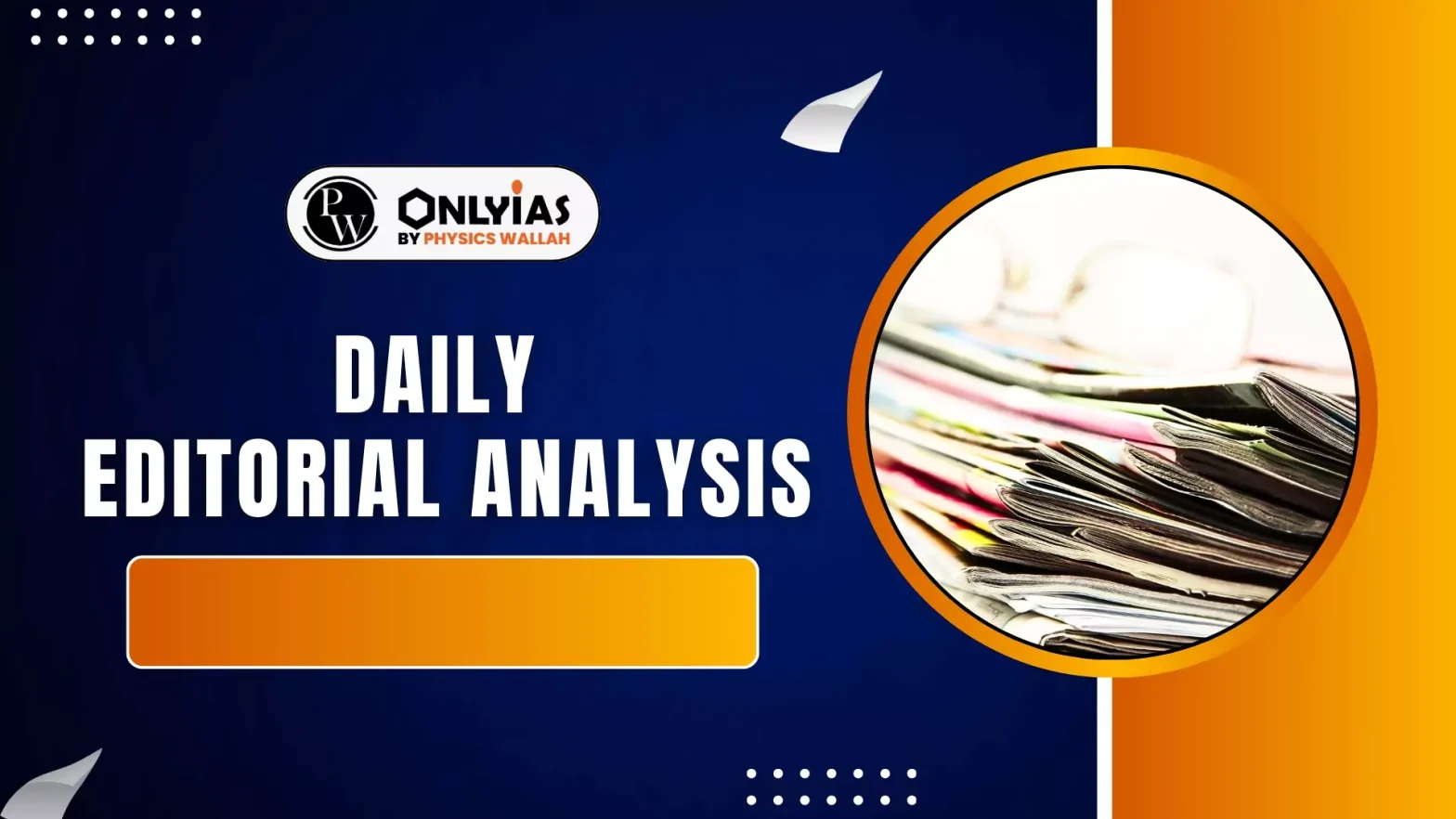The 56th GST Council meeting on September 3, 2025, is seen as a landmark in India’s tax history.
- The reforms go beyond rates and structures, aiming for a simpler, fairer, and growth-oriented system aligned with Viksit Bharat 2047
Key Takeways
- Simplification of GST Structure: A long-standing demand has been fulfilled with the move from multiple slabs (5%, 12%, 18%, 28%) to just two rates.
- The new structure includes an 18% Standard Rate, 5% Merit Rate, and a 40% De-merit Rate for select goods.
- This change reduces compliance burden, enhances predictability, and brings Indian taxation closer to global best practices.
- Relief for Households and Families: Common household items like soap, shampoo, toothpaste, bicycles, and kitchenware now fall in the 5% bracket.
- Essentials such as UHT milk, paneer, chapati, and paratha are fully exempt.
- Packaged foods, noodles, chocolates, and beverages have seen major rate cuts, boosting consumption across income groups.
- Boost to Insurance and Health Care: GST exemption on all life and health insurance products will make insurance affordable, benefiting senior citizens and low-income families.
- Essential drugs, devices, and treatments for cancer, rare diseases, and chronic illnesses now face reduced or zero GST, making healthcare more accessible and affordable.
- Support for Farmers and Agriculture: Farmers benefit from 5% GST on tractors, farm machinery, and other implements.
- Fertilisers and inputs such as sulphuric acid and ammonia have been reduced from 18% to 5%.
- Correction of inverted duty structures lowers cultivation costs and enhances farm productivity.
- Relief for Labour-Intensive Sectors: Handicrafts, marble, granite, and leather goods now attract lower GST.
- These reductions will stimulate demand, protect livelihoods, and improve competitiveness of traditional industries.
- Correction of Inverted Duty Structures: The GST on man-made fibre and yarn has been reduced to 5%, resolving long-standing distortions in the textile value chain.
- This reform boosts competitiveness, exports, job creation, and domestic value addition in textiles and apparel.
- Cement has moved from 28% to 18%, with strong positive effects on housing, infrastructure, and construction.
- Cuts for renewable energy devices and automotive components support India’s green growth trajectory.
- Institutional Reforms and GSTAT: The operationalisation of the Goods and Services Tax Appellate Tribunal (GSTAT) by year-end is a historic move.
- It promises faster dispute resolution, consistent rulings, and greater trust in the tax system.
- Additional reforms include provisional refunds for inverted duty cases, risk-based compliance checks, and harmonisation of valuation rules.
Industry’s Role and Partnership
- Over eight months, Confederation of Indian Industry (CII) advocated simplification, correction of anomalies, lower rates on essentials, support for labour-intensive sectors, and GSTAT’s early operationalisation.
- The Council’s acceptance of these suggestions reflects responsiveness and partnership between government and industry.
Phased Implementation and Immediate Benefits
- Reforms will be phased in from September 22, 2025, ensuring both revenue stability and quick relief for industry and consumers.
- This sequencing balances fiscal health with stimulation of demand and investment.
Conclusion
The reforms directly benefit citizens, farmers, workers, businesses, and entrepreneurs.
- By simplifying rates, reducing burdens, correcting distortions, and strengthening institutions, GST 2.0 lays a strong foundation for India’s growth journey.
![]() 5 Sep 2025
5 Sep 2025

